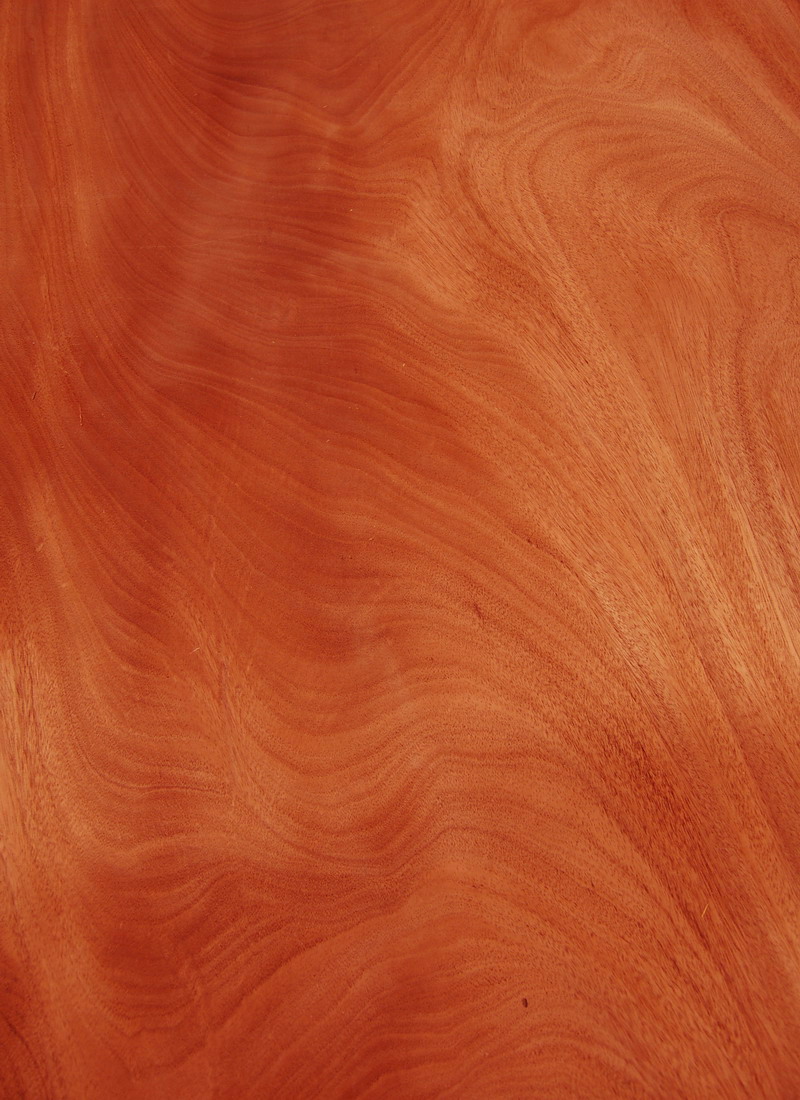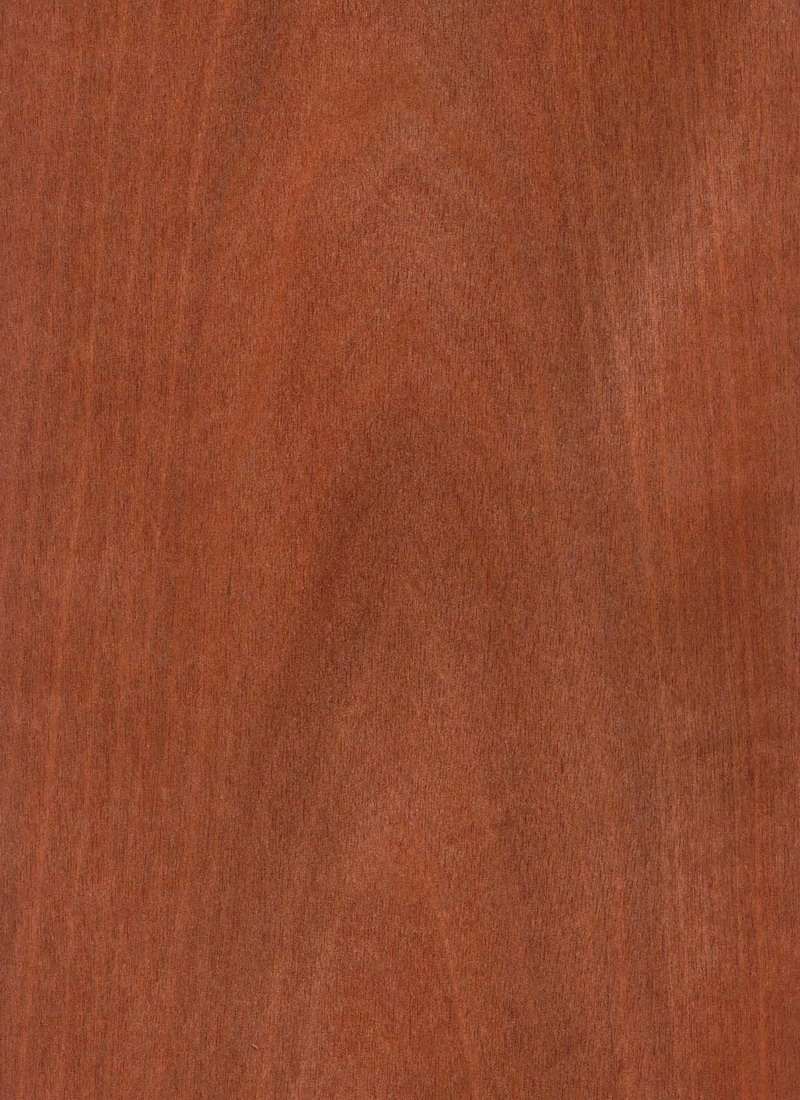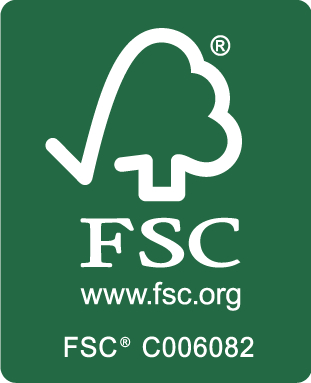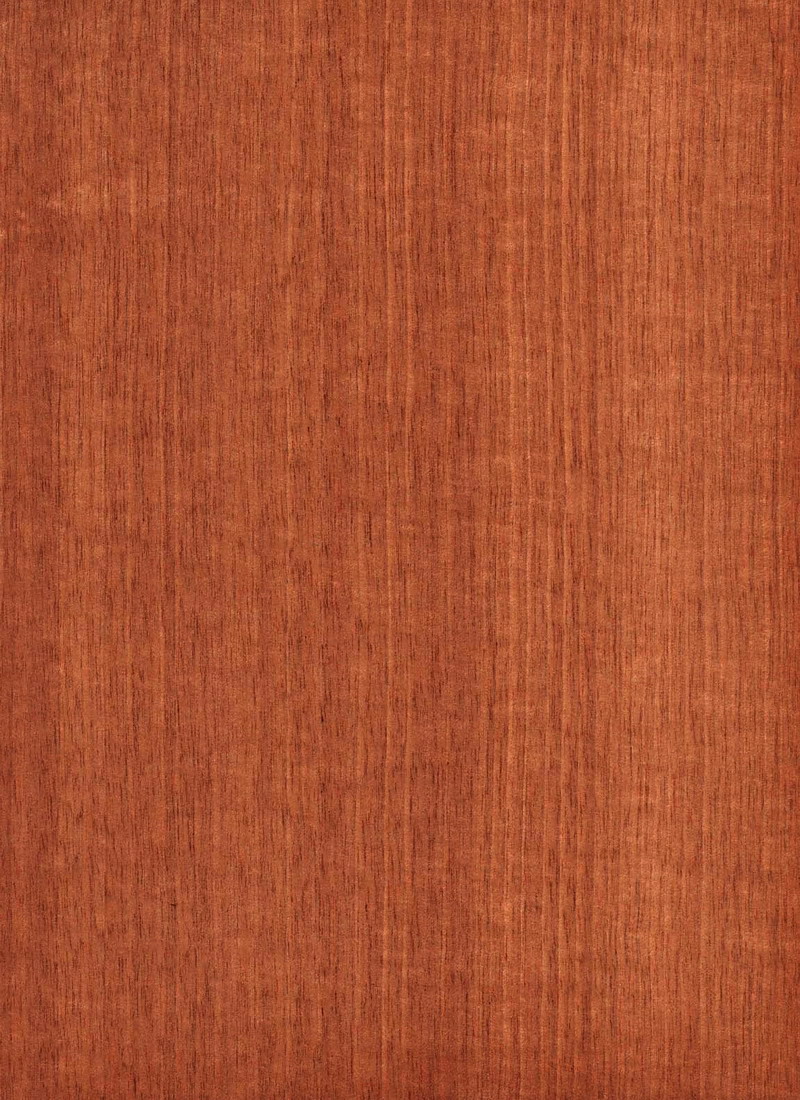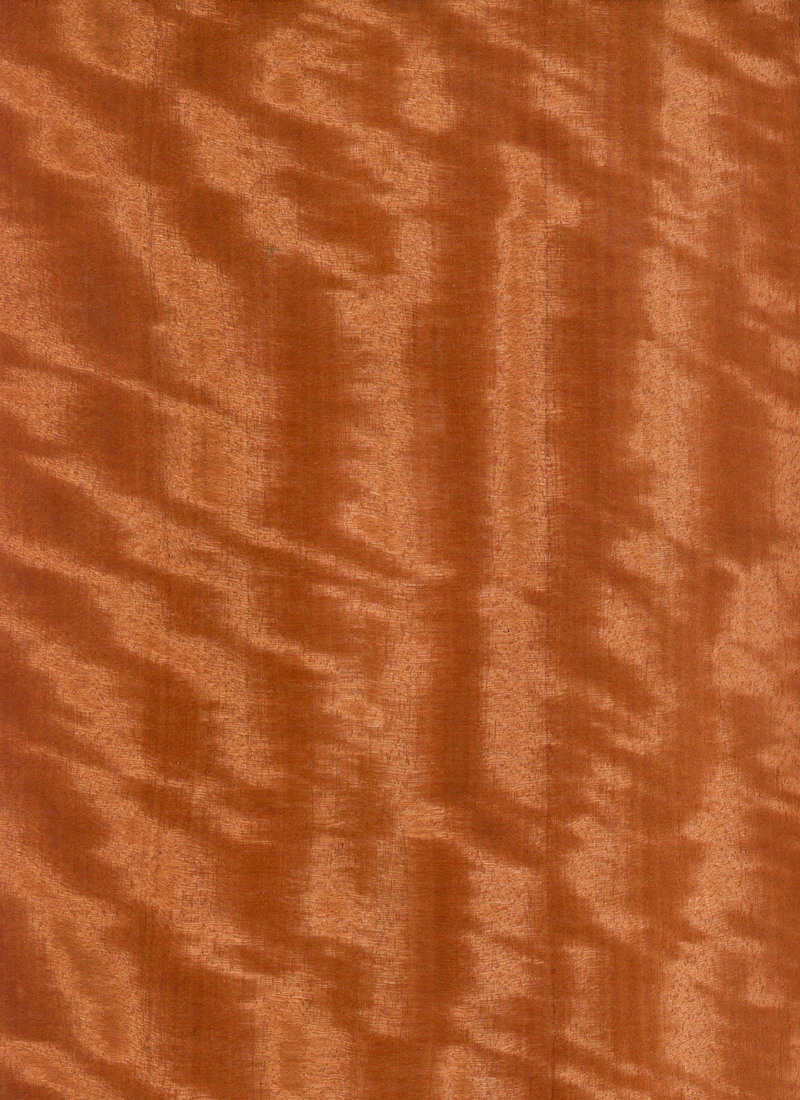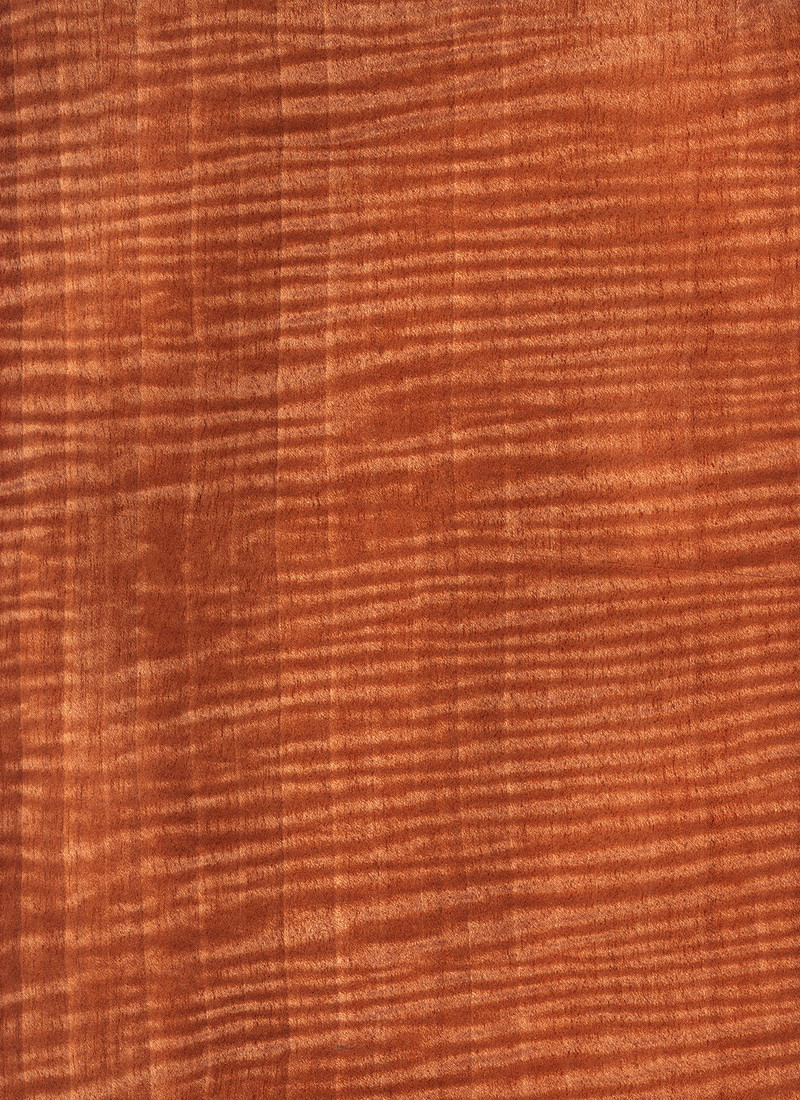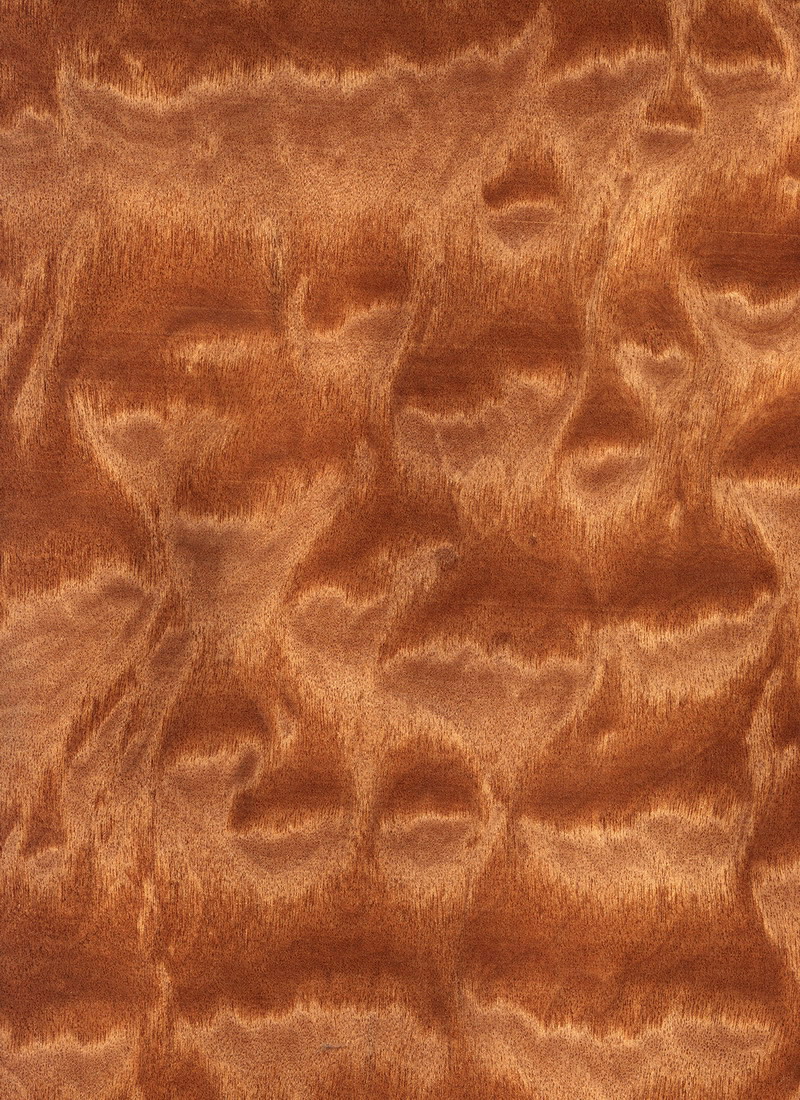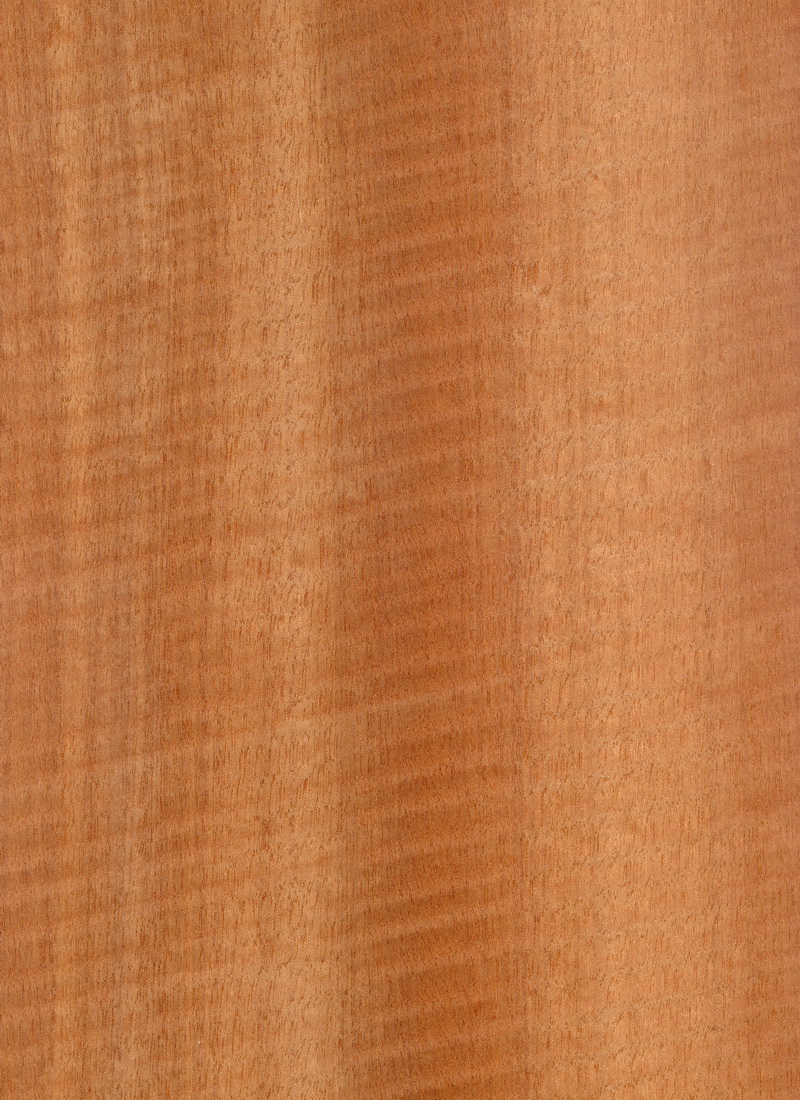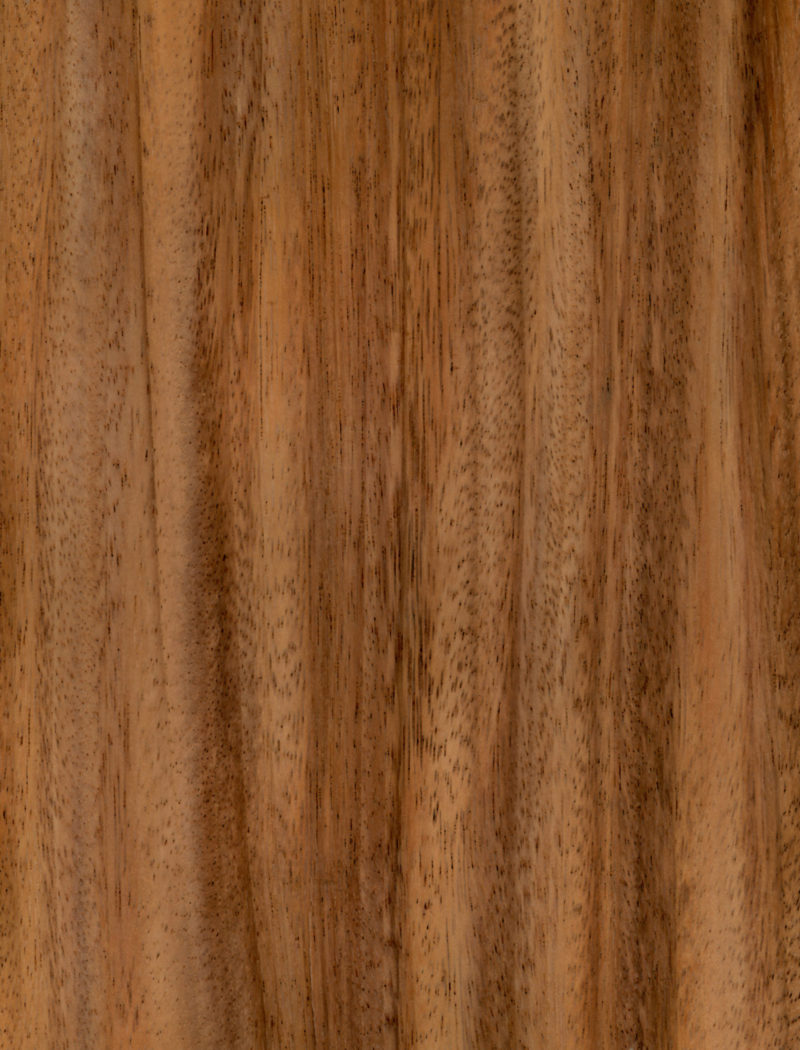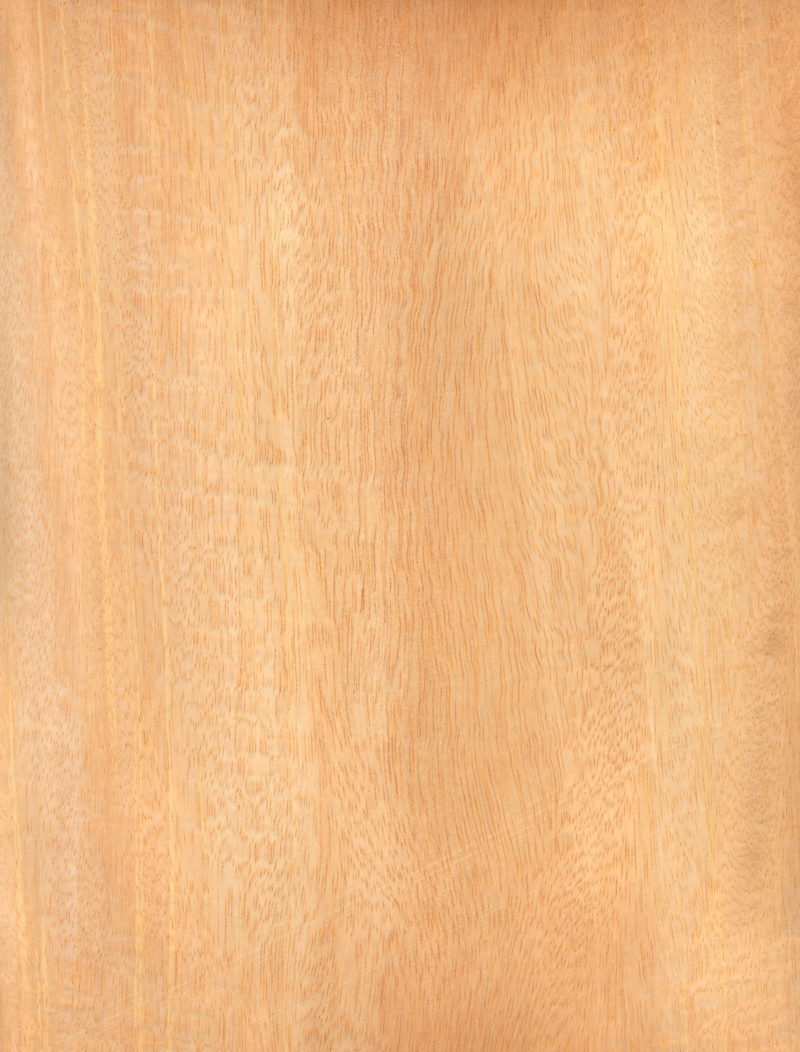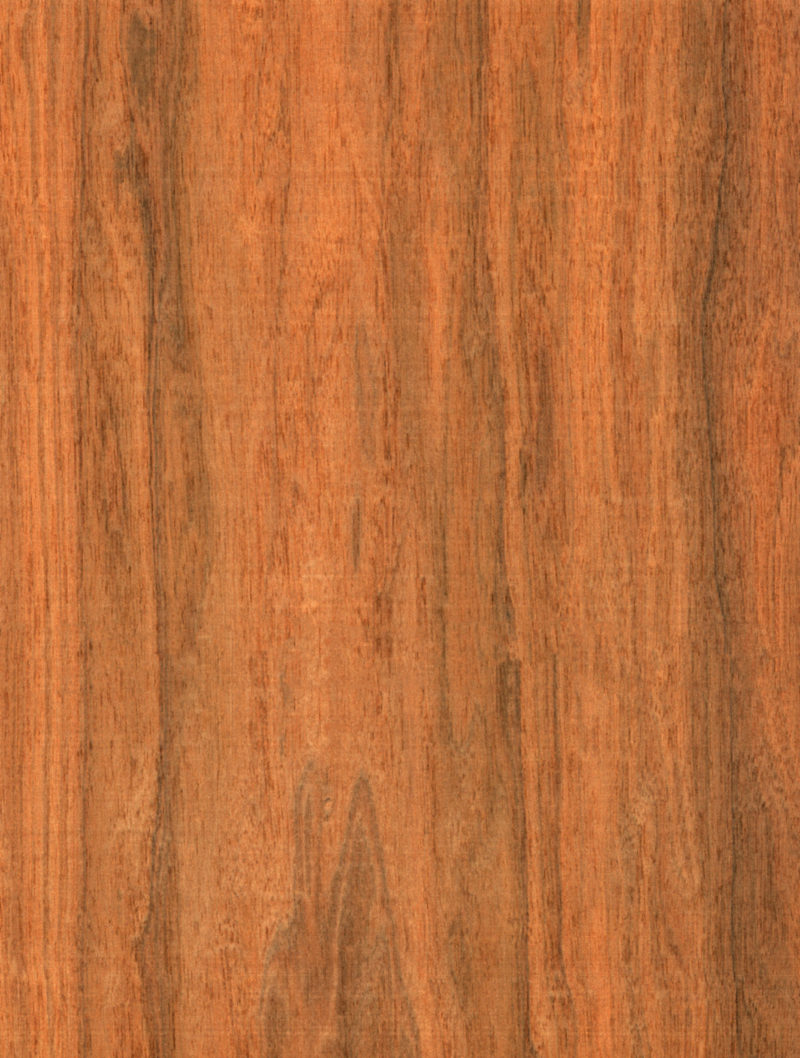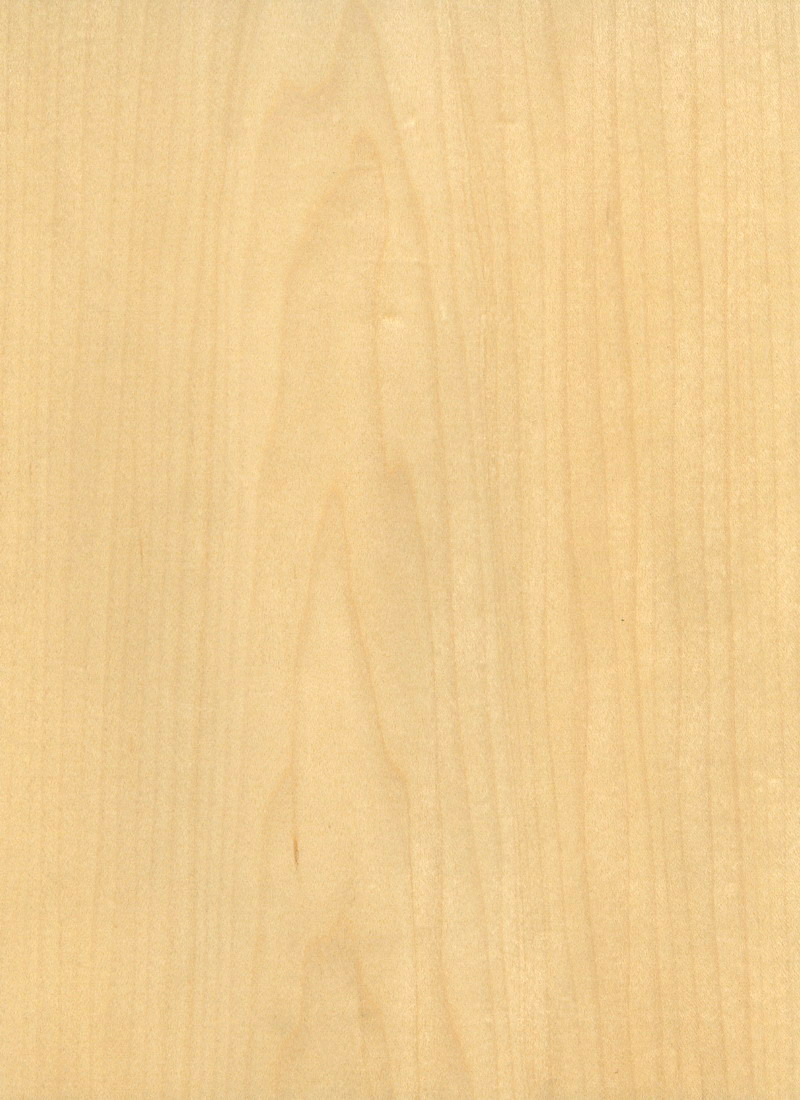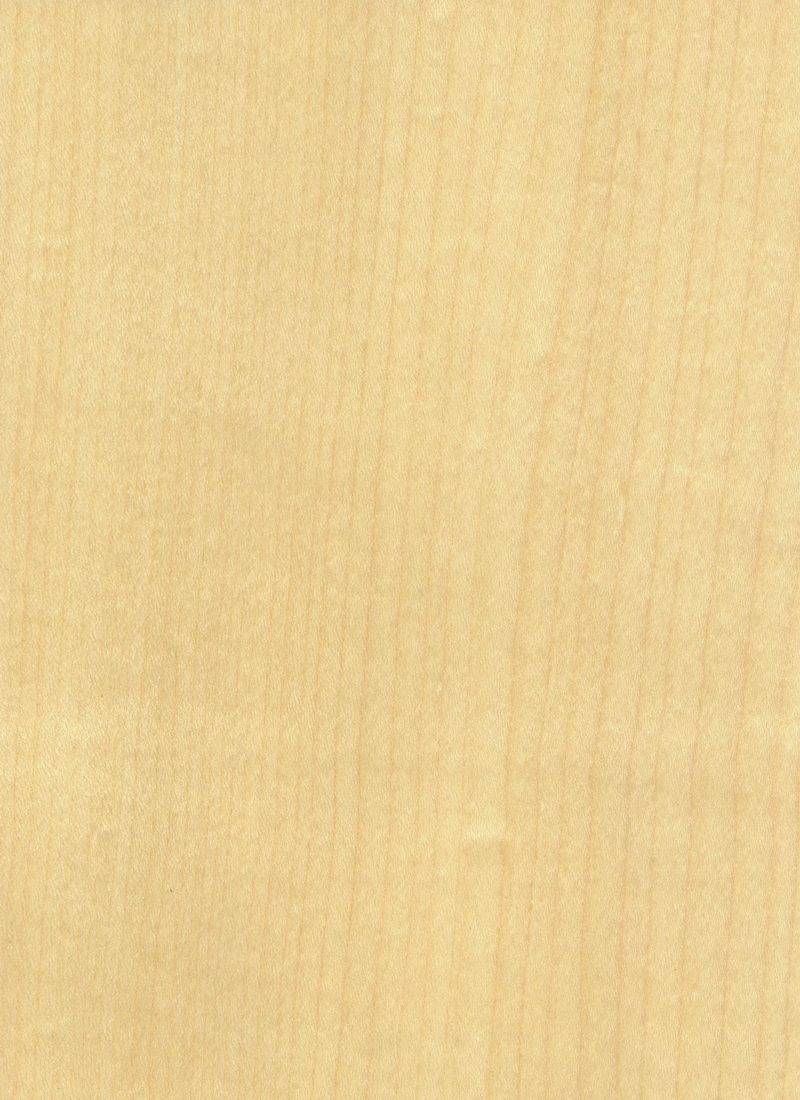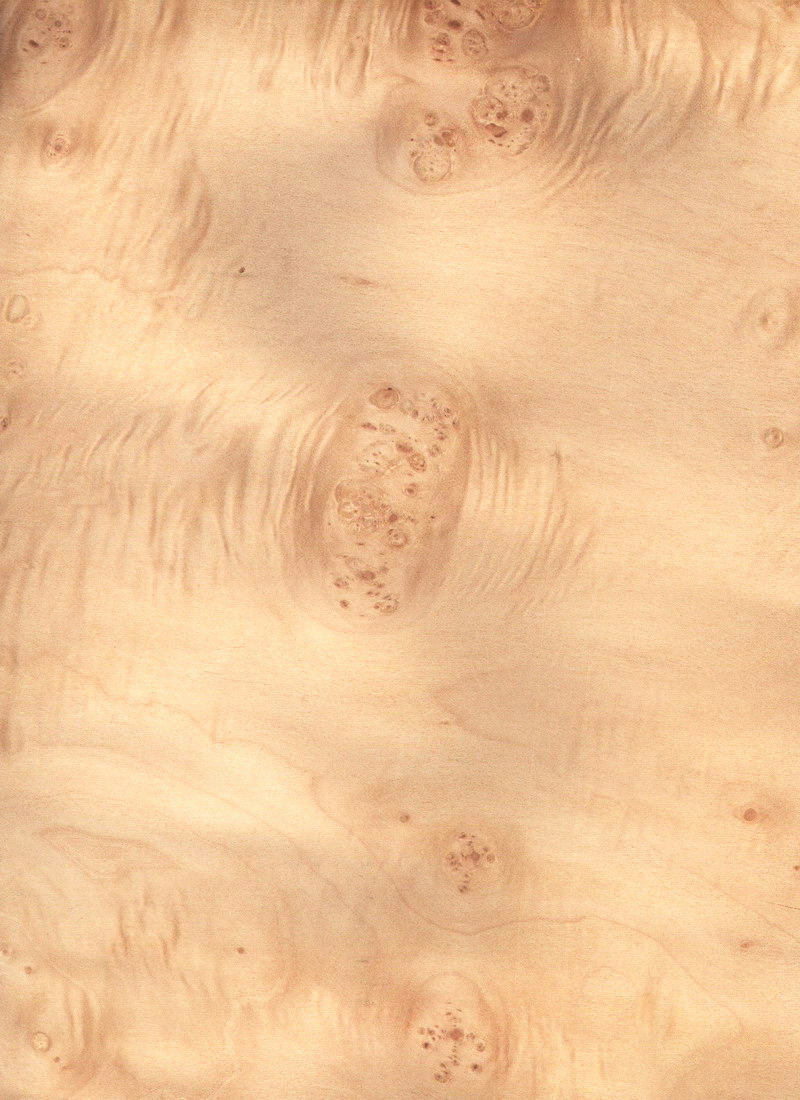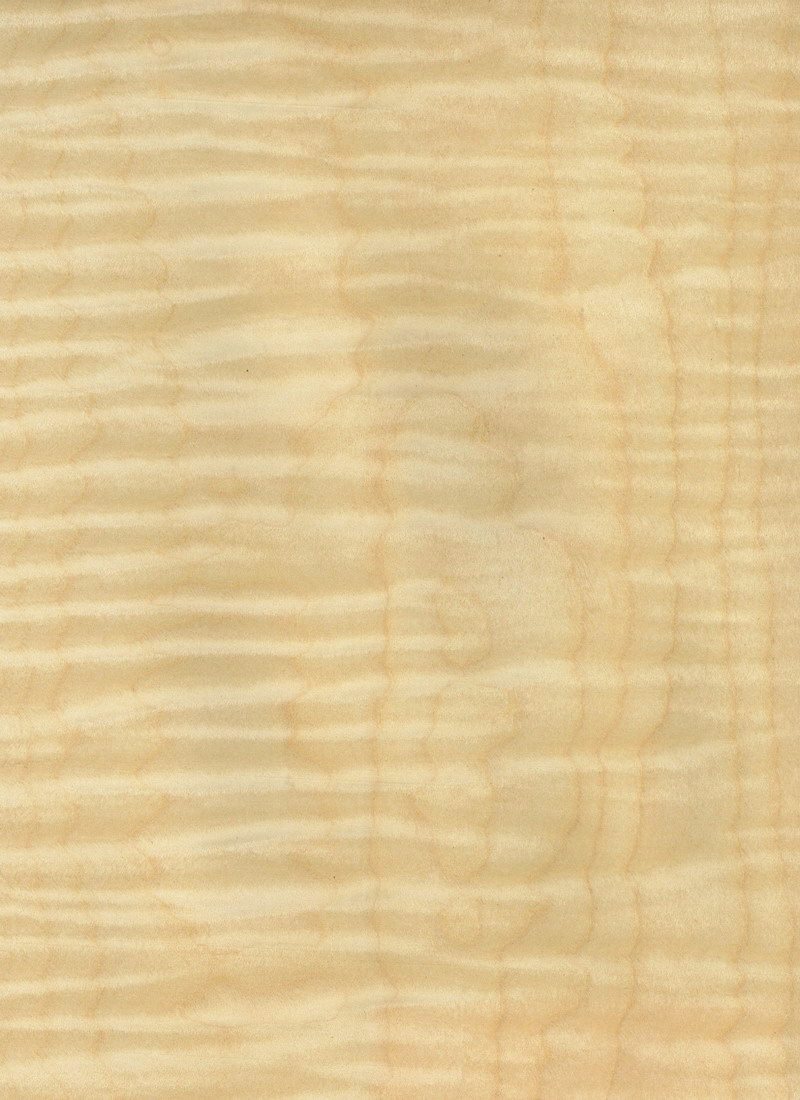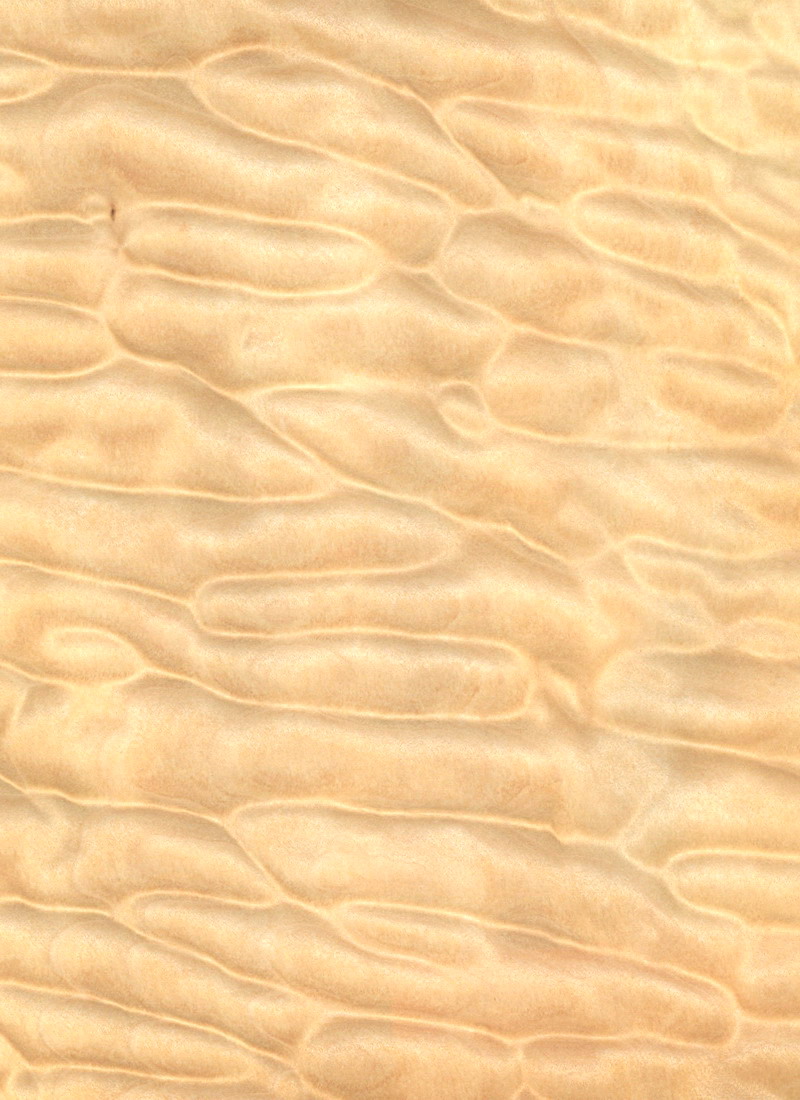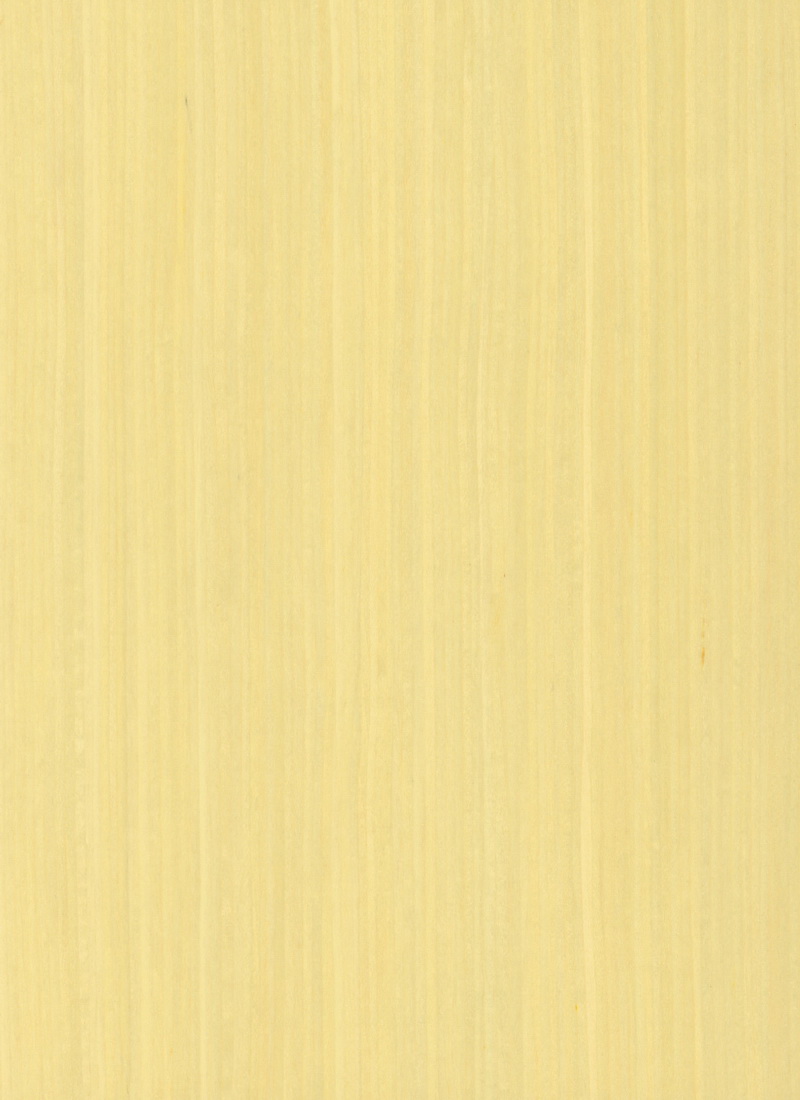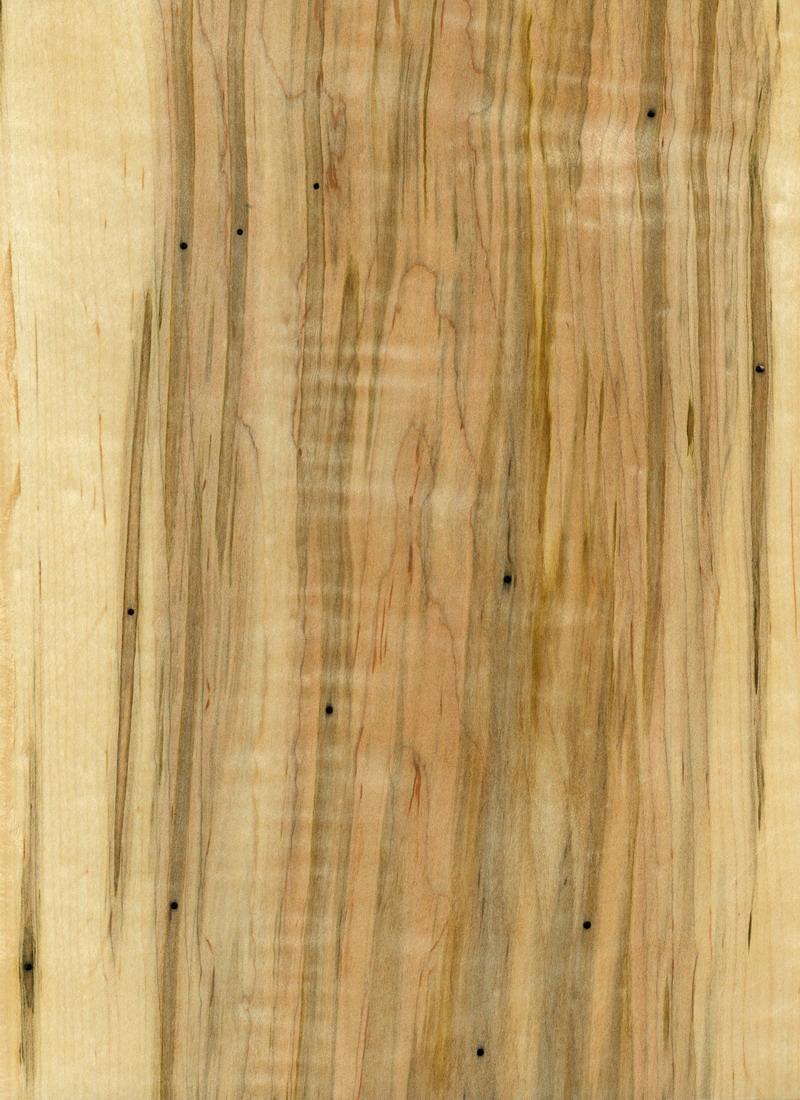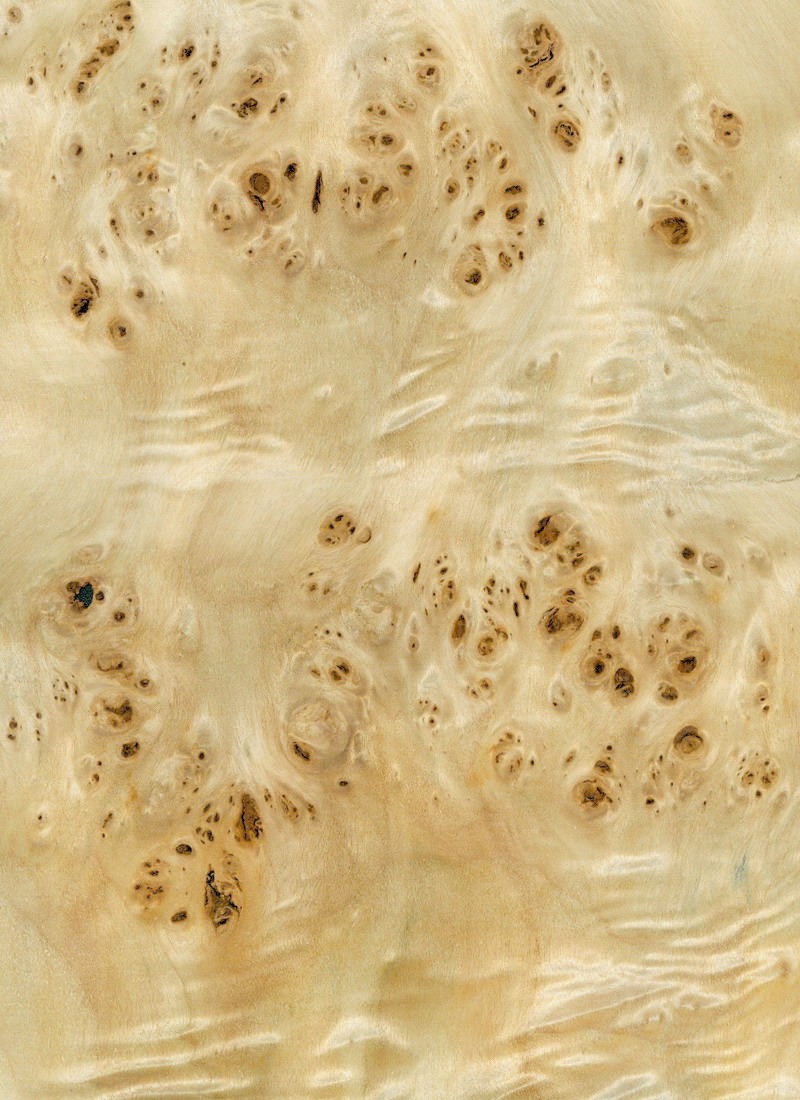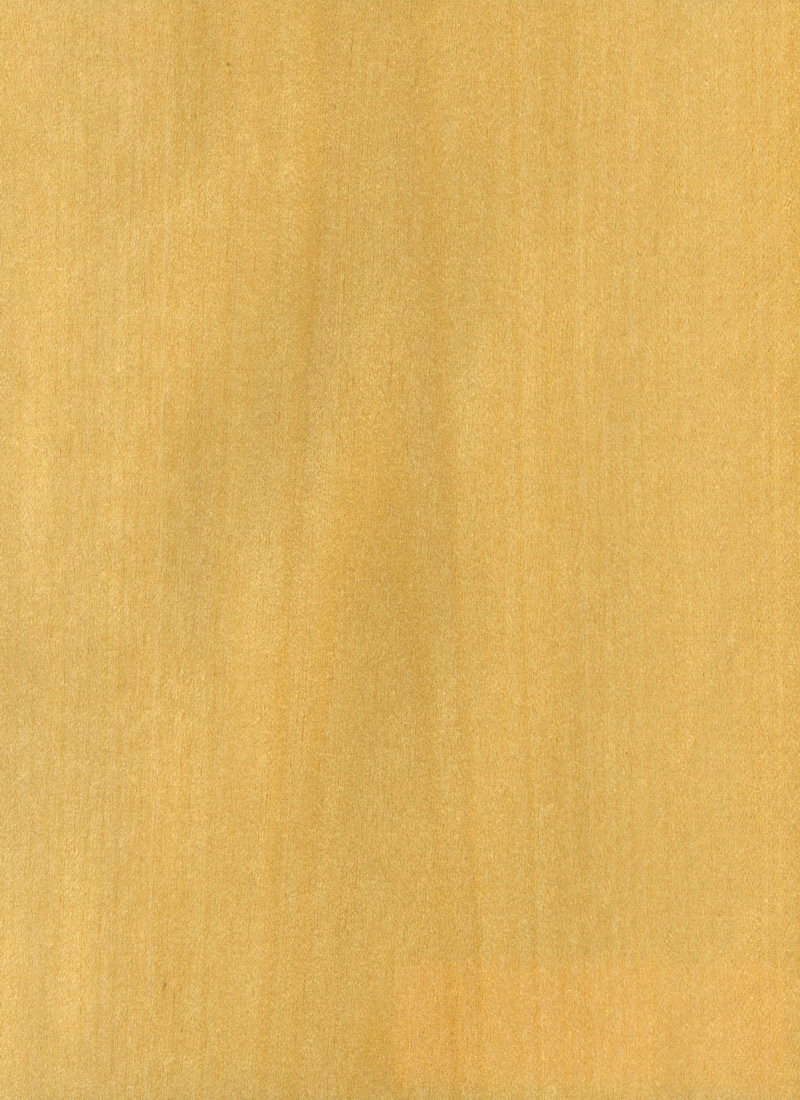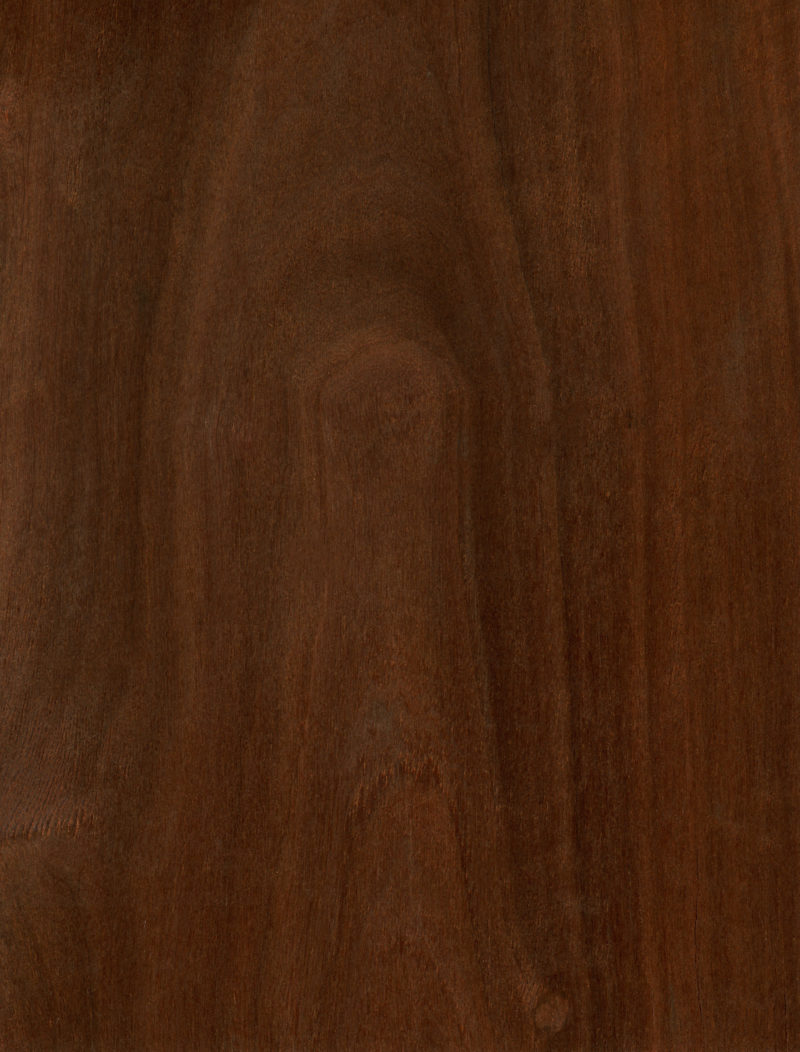Veneer Catalogue
-
 MAHOGANY KHAYA SWIRLx
MAHOGANY KHAYA SWIRLxMAHOGANY KHAYA SWIRL
khaya ivorensisKhaya Mahogany swirl wood veneer heartwood varies from light golden red tones to deeper reds. This true African Mahogany veneer finishes beautifully and also has high luster.
Common Uses for Khaya Mahogany Swirl Wood Veneer: Aircraft, both acoustic and architectural panels, cabinetry, doors, millwork and furniture, as well as boat building.
Other Name(s): Khaya, African Mahogany.
The Tree: Typically reaches heights between 110-140 feet, sometimes reaching 180 feet and more. Trunk diameters generally between 3-6 feet.
A Little History: Khaya Mahogany is a true mahogany.
Region: Africa
[widget id="black-studio-tinymce-5"] -

 MAKOREx
MAKORExMAKORE
Tieghemella heckeliiMakore flat cut wood veneer varies from a lighter pink to bright red, as well as reddish-brown. Grain is straight, fine textured. Makore resembles African Mahogany (Khaya) but the texture is more fine. Sometimes called Cherry Mahogany or African Cherry, although Makore is not closely related to any of the species within the mahogany family.
Common Uses: Boat building and architectural panels, in addition to cabinetry, doors, flooring, furniture and musical instruments.
Other Names: Cherry Mahogany, African Cherry, Baku and Babu.
The Tree: Native to Africa, often reaching heights between 180-200 feet.
Region: Africa
[widget id="black-studio-tinymce-5"]
-

 MAKOREx
MAKORExMAKORE
Tieghemella heckeliiMakore quarter cut wood veneer varies from a lighter pink to bright red, as well as reddish-brown. Grain is straight, fine textured. Resembles African Mahogany (Khaya) but the texture is more fine. Sometimes called Cherry Mahogany or African Cherry, although Makore is not closely related to any of the species within the mahogany family.
Common Uses: Boat building and architectural panels, in addition to cabinetry, doors, flooring, furniture and musical instruments.
Other Names: Cherry Mahogany, African Cherry, Baku and Babu.
The Tree: Native to Africa, often reaching heights between 180-200 feet.
Region: Africa
[widget id="black-studio-tinymce-5"]
-

 MAKORE FIGURED (BLOCK MOTTLE)x
MAKORE FIGURED (BLOCK MOTTLE)xMAKORE FIGURED (BLOCK MOTTLE)
Tieghemella heckeliiFigured Makore (block mottle) quarter cut wood veneer varies from a lighter pink to bright red, as well as reddish-brown. The grain has a pronounced appearance with block mottle figure. Block mottle is clearly visible with regular streaks running across the grain. Makore figured block mottle resembles African Mahogany (Khaya) but the texture is more fine. Sometimes called Cherry Mahogany or African Cherry, although Makore is not closely related to any of the species within the mahogany family.
Common Uses: Boat building and architectural panels, in addition to cabinetry, doors, flooring, furniture and musical instruments.
Other Names: Cherry Mahogany, African Cherry, Baku and Babu.
The Tree: Native to Africa, often reaching heights between 180-200 feet.
A Little History: “Makore butter” is popular in Africa as a cooking or seasoning oil and is often preferred to palm oil.
Region: Africa
[widget id="black-studio-tinymce-5"]
-

 MAKORE FIGURED (FIDDLEBACK)x
MAKORE FIGURED (FIDDLEBACK)xMAKORE FIGURED (FIDDLEBACK)
Tieghemella heckeliiFigured Makore (fiddleback) quarter cut wood veneer varies from a lighter pink to bright red, as well as reddish-brown. The grain has a pronounced appearance with fiddleback figure. Fiddleback is clearly visible with regular streaks running across the grain. Makore resembles African Mahogany (Khaya) but the texture is more fine. Sometimes called Cherry Mahogany or African Cherry, although Makore is not closely related to any of the species within the mahogany family.
Common Uses: Boat building and architectural panels, in addition to cabinetry, doors, flooring, furniture and musical instruments.
Other Names: Cherry Mahogany, African Cherry, Baku and Babu.
The Tree: Native to Africa, often reaching heights between 180-200 feet.
A Little History: “Makore butter” is popular in Africa as a cooking or seasoning oil and is often preferred to palm oil.
Region: Africa
[widget id="black-studio-tinymce-5"]
-
 MAKORE POMMELEx
MAKORE POMMELExMAKORE POMMELE
Tieghemella heckeliiMakore pommele wood veneer varies from a lighter pink to bright red, as well as reddish-brown. Pommele is a small- to medium-sized blister figure. Makore resembles African Mahogany (Khaya) but the texture is more fine. Sometimes called Cherry Mahogany or African Cherry, although Makore is not closely related to any of the species within the mahogany family.
Common Uses: Boat building and architectural panels, in addition to cabinetry, doors, flooring, furniture and musical instruments.
Other Names: Cherry Mahogany, African Cherry, Baku and Babu.
The Tree: Native to Africa, often reaching heights between 180-200 feet.
Region: Africa
[widget id="black-studio-tinymce-5"] -
 MAKORE REALTECx
MAKORE REALTECxMAKORE REALTEC
Tieghemella heckeliiMakore Realtec quarter cut wood veneer varies from a lighter pink to bright red, as well as reddish-brown. Fiddleback figure, heartwood varies from pinkish-red, to bright red to reddish-brown. Grain is straight, fine textured. Makore resembles African Mahogany (Khaya) but the texture is more fine. Sometimes called Cherry Mahogany or African Cherry, although Makore is not closely related to any of the species within the mahogany family.
Common Uses: Boat building and architectural panels, in addition to cabinetry, doors, flooring, furniture and musical instruments.
Other Names: Cherry Mahogany, African Cherry, Baku and Babu.
The Tree: Native to Africa, often reaching heights between 180-200 feet.
A Little History: “Makore butter” is popular in Africa as a cooking or seasoning oil and is often preferred to palm oil.
About Makore Realtec
Makore Realtec is natural veneer, embossed with figure. Both figure and color remain constant throughout large Realtec sequences. Logs that have the most valued natural figure, fiddleback, are very rare. With Realtec, you can have fiddleback in continuous supply in addition to consistent pricing. Exclusive: We are the only distributor of Realtec in the United States and Canada.
Region: Africa
[widget id="black-studio-tinymce-5"] -
 MAMANSIAx
MAMANSIAxMAMANSIA
acacia melanoxylonMamansia quarter cut wood veneer has a golden brown to dark brown heartwood, along with a straight to wavy grain. Also smooth, fine textured and lustrous.
Common Uses for Quarter Cut Mamansia Wood Veneer: Architectural panels, cabinetry, furniture and doors, as well as yacht and aircraft interiors.
Other Name(s): Blackwood.
The Tree: Normally reaches heights of 60 feet but can grow up 110 feet.
A Little History: Mamansia is native to Australia and is one of the finest woods from the continent for cabinetry.
Region: Australia & Oceana
[widget id="black-studio-tinymce-5"] -
 MANGOx
MANGOxMANGO
mangifera indicaMango flat cut wood veneer heartwood is usually a golden brown with long stripes of pinkish hues. Has a fine to medium texture and can have figured patterns. Also has a good natural luster.
Common Uses for Flat Cut Mango Wood Veneer: Architectural panels, cabinetry, furniture and doors, as well as yacht and aircraft interiors.
Other Name(s): Manga, Manako.
The Tree: Mango is native from India eastward to the China Sea. Typically grows to heights of 80-100 feet with trunk diameters around 3-4 feet.
A Little History: Although Mango is known widely for its fruit, Mango trees also yield valuable and beautiful lumber. In fact, we also carry Mango live edge slabs in addition to veneer.
Region: Asia
[widget id="black-studio-tinymce-5"] -
 MANSONIAx
MANSONIAxMANSONIA
mansonia altissimaMansonia flat cut wood veneer heartwood tends to be reddish brown with darker streaks. Generally straight grained with coarse texture and low luster.
Common Uses for Mansonia Flat Cut Wood Veneer: Architectural panels, millwork, cabinetry, doors and furniture, as well as both yacht and aircraft interiors.
Other Name(s): African Black Walnut.
The Tree: Reaches heights of 120 feet plus, with trunks around 2-3 feet.
Region: Africa
[widget id="black-studio-tinymce-5"] -

 MAPLEx
MAPLExMAPLE
acer saccharumFlat cut Maple veneer sapwood is usually a white to creamy white. The heartwood is also usually creamy white, sometimes with a light pink tinge. Straight grained, but sometimes wavy or curly; Maple veneer is also finely textured. This cut has a cathedral pattern.
Common Uses for Flat Cut Maple Veneer: Architectural panels, millwork, cabinetry, doors and furniture.
Other Name(s): Sugar Maple.
The Tree: Reaches heights of 125 feet, with trunks around 3-4 feet.
Region: North America
[widget id="black-studio-tinymce-5"]
-

 MAPLEx
MAPLExMAPLE
acer saccharumQuarter cut Maple veneer sapwood is usually a white to creamy white. The heartwood is also usually creamy white, sometimes with a light pink tinge. Straight grained, but sometimes wavy or curly; Maple veneer is also finely textured.
Common Uses for Maple Veneer: Architectural panels, millwork, cabinetry, doors, furniture, and more.
Other Name(s): Sugar Maple.
The Tree: Reaches heights of 125 feet, with trunks around 3-4 feet.
Region: North America
[widget id="black-studio-tinymce-5"]
-
 MAPLE BIRDSEYEx
MAPLE BIRDSEYExMAPLE BIRDSEYE
acer saccharumMaple Birdseye wood veneer heartwood is reddish brown to a lighter golden yellow. Although Maple’s grain is usually straight and smooth, Birdseye can be combined with blister, quilt, fiddleback, or burl grain.
Common Uses for Maple Birdseye Wood Veneer: Architectural panels, millwork, cabinetry, as well as furniture and luxurious spaces.
Other Name(s): Also Sugar Maple.
The Tree: Typically reaches heights of 125 feet, with trunks around 3-4 feet.
Region: North America
[widget id="black-studio-tinymce-5"] -
 MAPLE BURLx
MAPLE BURLxMAPLE BURL
acer saccharumMaple Burl wood veneer heartwood is reddish brown to a lighter golden yellow. Clustered pockets of burl, mixed with occasional plain or muscled figure spots.
Common Uses for Maple Burl Wood Veneer: Architectural panels, millwork, cabinetry, as well as furniture and luxurious spaces are all ideal choices for Maple burl.
Other Name(s): Also Sugar Maple.
The Tree: Typically reaches heights of 125 feet, with trunks around 3-4 feet.
Region: North America
[widget id="black-studio-tinymce-5"] -
 MAPLE CLUSTERx
MAPLE CLUSTERxMAPLE CLUSTER
acer saccharumMaple Cluster wood veneer heartwood is reddish brown to a lighter golden yellow. Clustered pockets of burl, mixed with occasional plain or muscled figure spots.
Common Uses for Maple Cluster Wood Veneer: Architectural panels, millwork, cabinetry, as well as furniture and luxurious spaces.
Other Name(s): Also Sugar Maple.
The Tree: Typically reaches heights of 125 feet, with trunks around 3-4 feet.
Region: North America
[widget id="black-studio-tinymce-5"] -

 MAPLE CURLYx
MAPLE CURLYxMAPLE CURLY
acer saccharumCurly Maple wood veneer sapwood is white to creamy-white. Heartwood color varies from a creamy white to golden yellow, sometimes also with a pink tinge.
Common Uses for Curly Maple Veneer: Architectural panels, millwork, doors and cabinetry, as well as furniture.
Other Name(s): Sugar Maple.
The Tree: Typically reaches heights of 125 feet, with trunks around 3-4 feet.
Region: North America
[widget id="black-studio-tinymce-5"]
-
 MAPLE QUILTx
MAPLE QUILTxMAPLE QUILT
acer saccharumQuilted Maple wood veneer sapwood is white to creamy-white. Heartwood color varies from a creamy white to golden yellow, sometimes also with a pink tinge.
Common Uses for Quilted Maple Veneer: Architectural panels, millwork, doors and cabinetry, as well as furniture.
Other Name(s): Sugar Maple.
The Tree: Typically reaches heights of 125 feet, with trunks around 3-4 feet.
Region: North America
[widget id="black-studio-tinymce-5"] -

 MAPLE VTEC FLAT CUTx
MAPLE VTEC FLAT CUTxMAPLE VTEC FLAT CUT
triplochiton scleroxylonInnovative, eco-friendly, timeless.
We offer Maple Vtec in a flat cut grain, in addition to traditional Maple wood veneer. Maple Vtec flat cut is 100% wood. Also known as Flat Cut Maple Reconstituted or Flat Cut Maple Recon Veneer.
25″ x 99″ Sheet Product ID: 33856
Please note that this pattern is available in 50″ widths as well; a small processing fee is added for production.
About Reconstituted Veneer
Flat cut Maple Recon veneer is made from Ayous, which is legally harvested with SCS certification, or from plantation grown Poplar or Basswood for close-grain patterns.
Years from now, you can match your original purchase in exact color, grain structure and pattern – an excellent choice when matching large quantities of desks, doors, paneling, and more. Our engineering process is also eco-friendly. We can replicate patterns (such as ebony or teak) from fast growth trees. You get the exquisite look of a unique veneer at an affordable price.
FSC® 100% available upon request for all patterns, subject to availability and possible extended lead times.
Region: Asia
[widget id="black-studio-tinymce-5"]
-

 MAPLE VTEC QUARTER CUTx
MAPLE VTEC QUARTER CUTxMAPLE VTEC QUARTER CUT
triplochiton scleroxylonInnovative, eco-friendly, timeless.
We offer Vtec Maple veneer in a quarter cut grain, in addition to traditional Maple wood veneer. Maple Vtec quarter cut is 100% wood. Also known as Quarter Cut Maple Reconstituted or Quarter Cut Maple Recon Veneer.
25″ x 99″ Sheet Product ID: 32292
25″ x 122″ Sheet Product ID: 32300
50″ x 99″ Sheet Product ID: 32244
50″ x 122″ Sheet Product ID: 33907About Reconstituted Veneer
Quarter cut Vtec Maple veneer is made from Ayous, which is legally harvested with SCS certification, or from plantation grown Poplar or Basswood for close-grain patterns.
Years from now, you can match your original purchase in exact color, grain structure and pattern – an excellent choice when matching large quantities of desks, doors, paneling, and more. Our engineering process is also eco-friendly. We can replicate patterns (such as ebony or teak) from fast growth trees. You get the exquisite look of a unique veneer at an affordable price.
FSC® 100% available upon request for all patterns, subject to availability and possible extended lead times.
Region: Asia
[widget id="black-studio-tinymce-5"]
-

 MAPLE WORMY SOFTx
MAPLE WORMY SOFTxMAPLE WORMY SOFT
acer saccharumSoft Wormy Maple wood veneer sapwood is white to creamy-white. Heartwood is red brown with brownish-gray, and sometimes black, striping. Great contrast, can be rustic. Staining associated with worm holes in the tree causes this striping, hence the name.
Common Uses for Soft Wormy Maple Wood Veneer: Architectural panels, millwork, doors and cabinetry, as well as furniture.
Other Name(s): Sugar Maple.
The Tree: Typically reaches heights of 125 feet, with trunks around 3-4 feet.
Region: North America
[widget id="black-studio-tinymce-5"]
-
 MAPPA BURLx
MAPPA BURLxMAPPA BURL
populus tremulaMappa burl wood veneer is grayish-white to pale reddish-brown with a nice contrast from the beautiful burl figure. Also has coarse texture.
Common Uses for Mappa Burl Wood Veneer: Architectural panels, high end furniture, millwork, auto dashboard pieces, as well as both aircraft and yacht interiors.
Other Name(s): Commonly referred to as Poplar Burl.
The Tree: Reaches a height of about 110 feet, with trunk diameters usually around 3 feet in diameter.
Region: Europe
[widget id="black-studio-tinymce-5"] -
 MARFIMx
MARFIMxMARFIM
balfourodendron riedelianumMarfim flat cut wood veneer heartwood is creamy white to pale yellow to yellow-brown. Interlocked to straight grain; also finely textured. At first glance, Marfim veneer looks very similar to Maple or Birch, however Marfim is harder and substantially more elastic.
Common Uses for Flat Cut Marfim Wood Veneer: Architectural panels, flooring, furniture and millwork; occasionally aircraft interiors.
Other Name(s): Sometimes called Ivorywood.
The Tree: Reaches a height of about 80 feet, with trunk diameters usually around 30 inches. Although Marfim is not a large tree, the bole is usually clear about 30 feet up.
A Little History: In native areas, Marfim is used for many of the same uses as domestic hard maple and birch here in the U.S.
Region: South America
[widget id="black-studio-tinymce-5"] -
 MASSARANDUBAx
MASSARANDUBAxMASSARANDUBA
manilkara bidentataMassaranduba flat cut wood veneer heartwood is a medium to dark reddish brown, sometimes with a purple cast. The grain is straight to interlocked or wavy. It also has a fine and consistent texture with a low natural luster.
Common Uses for Flat Cut Massaranduba Wood Veneer: Architectural panels, musical instruments, furniture and millwork, as well as aircraft and yacht interiors.
Other Name(s): Also known as Bulletwood.
The Tree: Reaches a height of about 100 feet, with trunk diameters usually around 4 feet.
A Little History: Massaranduba is very suitable for heavy construction purposes because of its strength, wear resistance and durability.
Region: South America
[widget id="black-studio-tinymce-5"] -
 MERANTIx
MERANTIxMERANTI
shorea acuminataMeranti quarter cut wood veneer heartwood is medium to dark reddish-brown with white resin streaks. An interlocked grain is present while the texture is coarse.
Common Uses for Quarter Cut Meranti Wood Veneer: Panels, cabinetry, doors, furniture and millwork, as well as musical instruments.
Other Name(s): Asian Mahogany.
The Tree: Grows to heights of 200 feet, with straight trunks 3-6 feet in diameter above the buttress.
Region: Asia
[widget id="black-studio-tinymce-5"]

